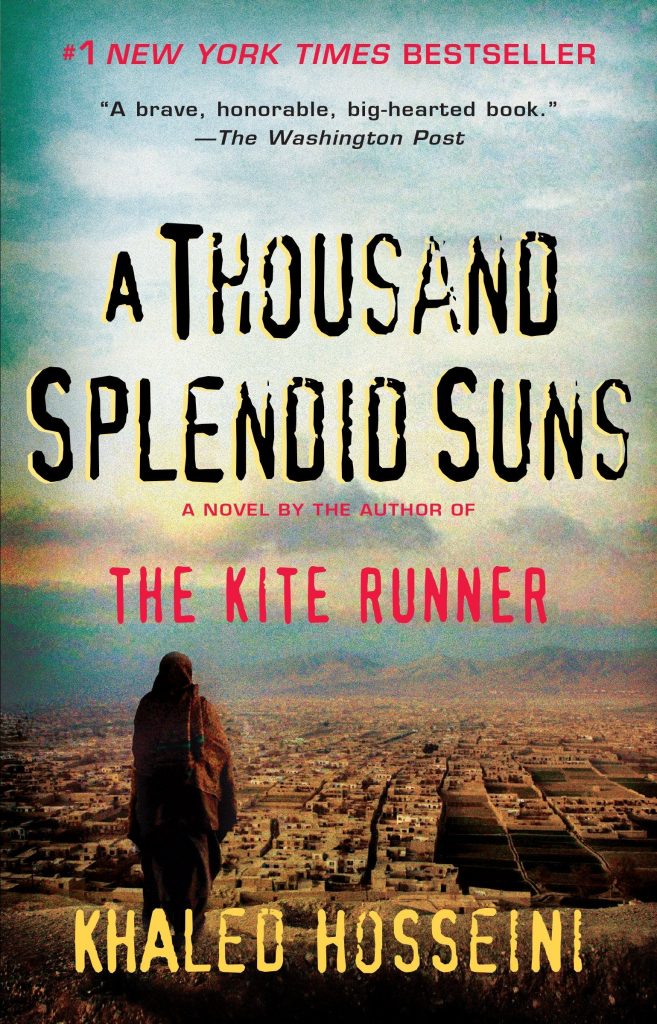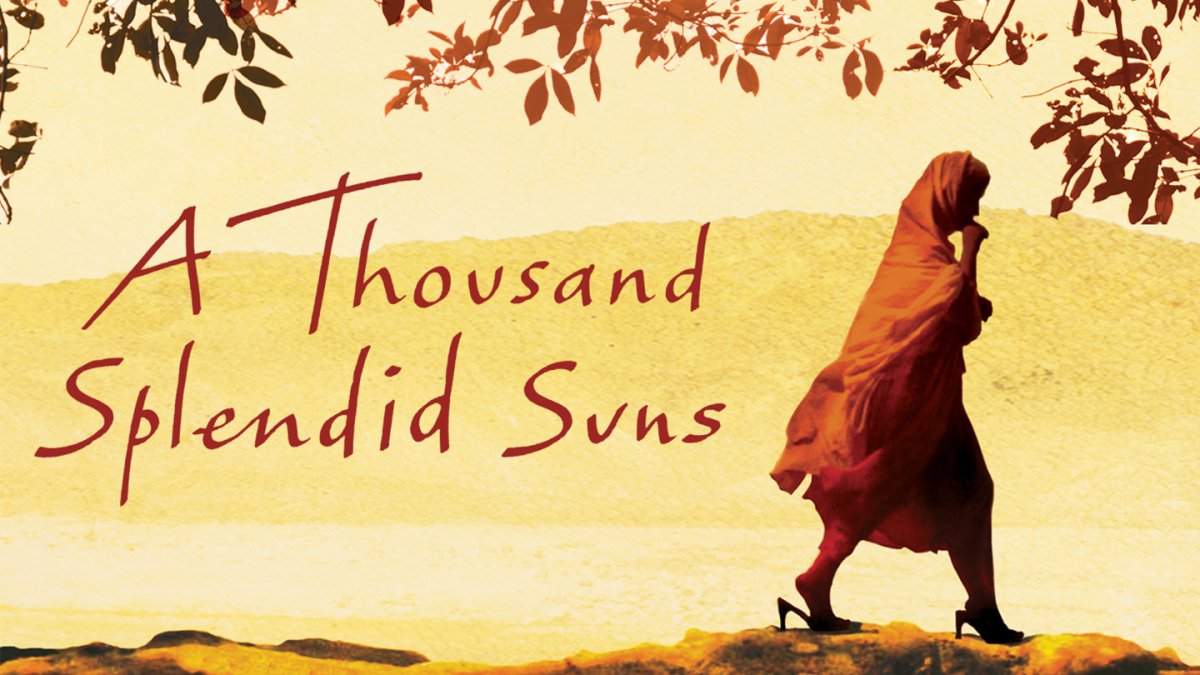A Thousand Splendid Suns is a fictional novel by Khaled Hosseini that follows the journey of two Afghan women, Mariam and Laila. They were growing up in different cities with different backgrounds when suddenly, in the middle of the book, their paths intertwine, having both been married to one same man, named Rasheed.
A Thousand Splendid Suns
Author: Khaled Hosseini
Publisher: Riverhead Books, June 1st 2007
Genre: Political Fiction

The novel is designed in a way in which the narrative throughout the storyline switches between Mariam and Laila in order to provide readers with a closer look towards their feelings and emotions all through the book. The purpose of the book is to explore the multifaceted difficulties Afghan women tend to face in their everyday lives, such as their lack of rights, their suffering from domestic violence, and their endurance of patriarchal issues.
Also read: Book Review: Dewaji—Making Of An Ambedkarite Family By Dipankar Kamble
Before we dive into a book review, let us discuss the author’s background to understand the novel better. Khaled Hosseini is an Afghan-American novelist famous for his two main writings, The Kite Runner and A Thousand Splendid Suns. Presumably, Hosseini has a deep emotional connection with Afghanistan and its social issues because he had experienced some aspects of the political, economic, and social distress of his country during his childhood, as the Soviet army had invaded Afghanistan by the 1980s.
Hosseini decided to go against the stereotyped image the West has of Afghan women. Instead, he portrayed a different nature to each social issue across cultures, each requiring their distinct coping methods and resolve.
The author uses his writing as a form of activism; he uses his novels to paint a picture of the real Afghanistan—its societal makeup through the perspective of the Afghan people—and to explore difficult topics such as his people’s struggle with issues of toxic masculinity and of womens’ rights. By writing A Thousand Splendid Suns, Hosseini intended to portray women’s rights issues through Afghan women’s perspective. These actual survivors deal with the struggles deriving from Afghanistan’s toxic patriarchy.
Hosseini decided to write his novel in a story-telling format to let him receive a more personal, in-depth view of these feminist issues. This way, his readers can see Laila and Mariam deal with womens’ rights issues first-hand by reading about their day to day experiences and learning of their immediate thoughts, emotions, feelings during the significant events in their lives. Hosseini successfully communicated the theme of women’s rights issues and the main points he intended to deliver concerning toxic patriarchy and domestic violence to his targeted audience.
Also read: Handmaid’s Tale In The Hindutva Manu Rashtra
Hosseini’s story-telling approach to writing his novel is highly appreciated the method he chose as it gave a more accurate view into the matters of Afghanistan’s feminist struggles. Since knowledge on social justice issues abroad is mostly accessible to us through mainstream media, including narrow information through platforms such as short articles, timed news shows, and short soundbites, we often become desensitised. It is easy to distance ourselves from these human rights issues when most of what we learn of such instances are in the form of hard statistics and summaries. To understand the very depth of the major social justice issues happening all around us, we have to lend our ears and listen to the experiences of marginalised people who actively deal with said issues every day.
Hosseini decided to go against the stereotyped image the West has of Afghan women. Instead, he portrayed a different nature to each social issue across cultures, each requiring their distinct coping methods and resolve. Western depictions of third world people tend to be homogenous. They use a few standardised characteristics they developed to pigeonhole Muslim people, especially Muslim women, into one type of society.
Muslim women are often illustrated as ‘exotic’ and ‘in need of a saviour’. However, understanding the issues of women abroad under the same context as Western women minimises the complexity of each culture’s distinct nuances.
Muslim women are often illustrated as ‘exotic’ and ‘in need of a saviour’. However, understanding the issues of women abroad under the same context as Western women minimises the complexity of each culture’s distinct nuances. In addition to successfully conveying the essence of Afghan womens’ rights issues, Hosseini also succeeded in rendering the women of his novel as strong individuals who, despite their state of subjugation, developed their belief system and carried out their desires in one way or another.
Also read: The Hour Past Midnight: Analysing The Gender Narratives In Salma’s Novel
Afghan women continue to fight for their rights to this day. It is essential to recognise their efforts and their individualities instead of viewing them in the light of the West’s armchair anthropology observations. As Vallbracht’s article reported, many women like Jamila Afghani have started their feminist organisations and their social movements to fight for social justice. Afghan women have long realised that to gain rights, they first have to fight for economic empowerment and social security. The true nature of Afghan women fighting for womens’ rights is properly represented in Hosseini’s novel. He characterises Mariam and Laila as individuals with their own beliefs, emotions, desires, and stories.
Madiha is an intersectional feminist who wants to write to spread awareness of marginalised issues.
Featured Image Source: Indianfolk





You say this while you conveniently steryotype all hindu and savarna women as oppressers ?
What exactly do u mean by that?
Afghani is the currency used in Afghanistan, Afghans spend Afghanis. People from Afghanistan are Afghans, not Afghanis. Maybe do just a little more basic research next time.
Apologies, we have updated the piece.